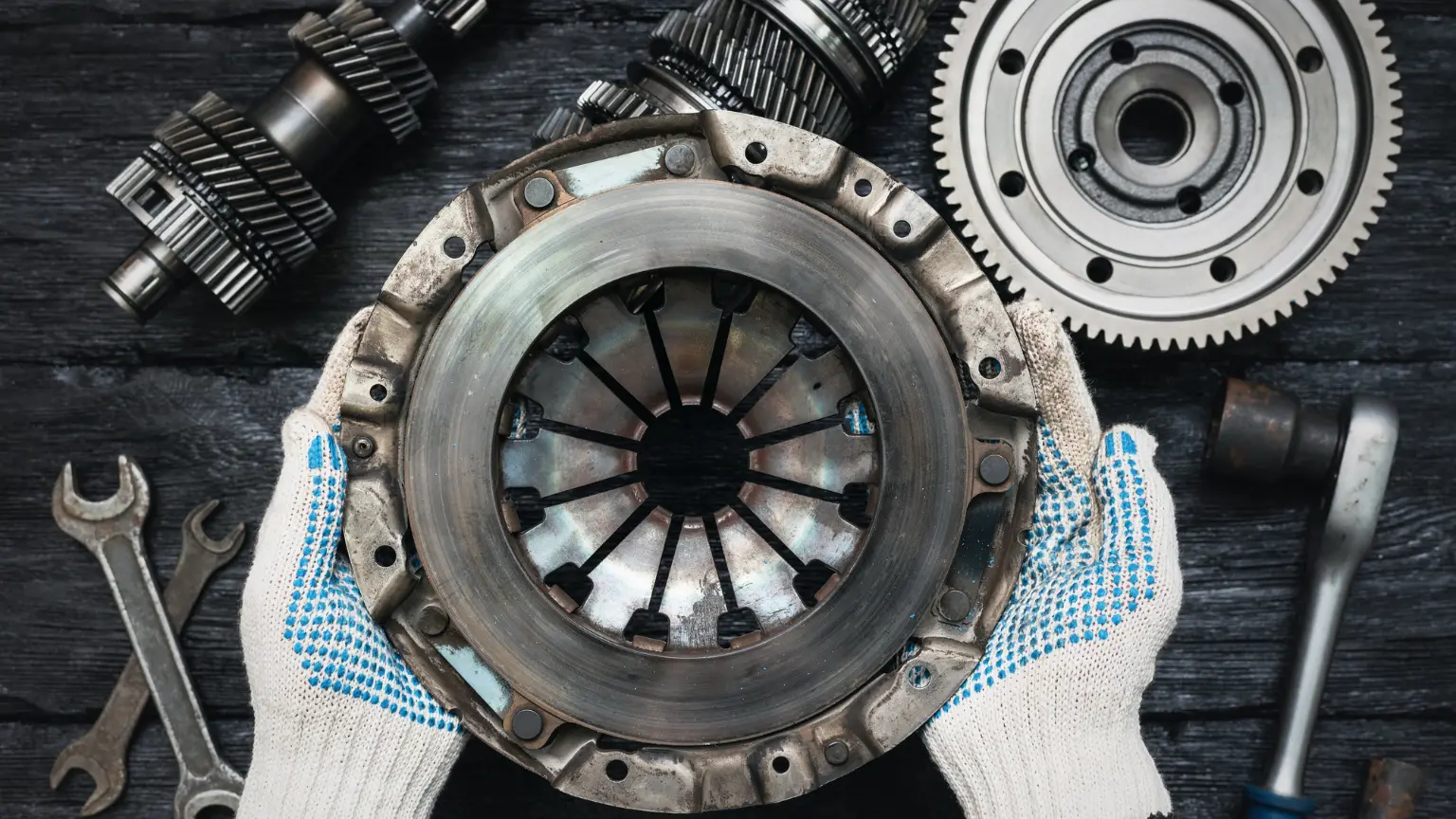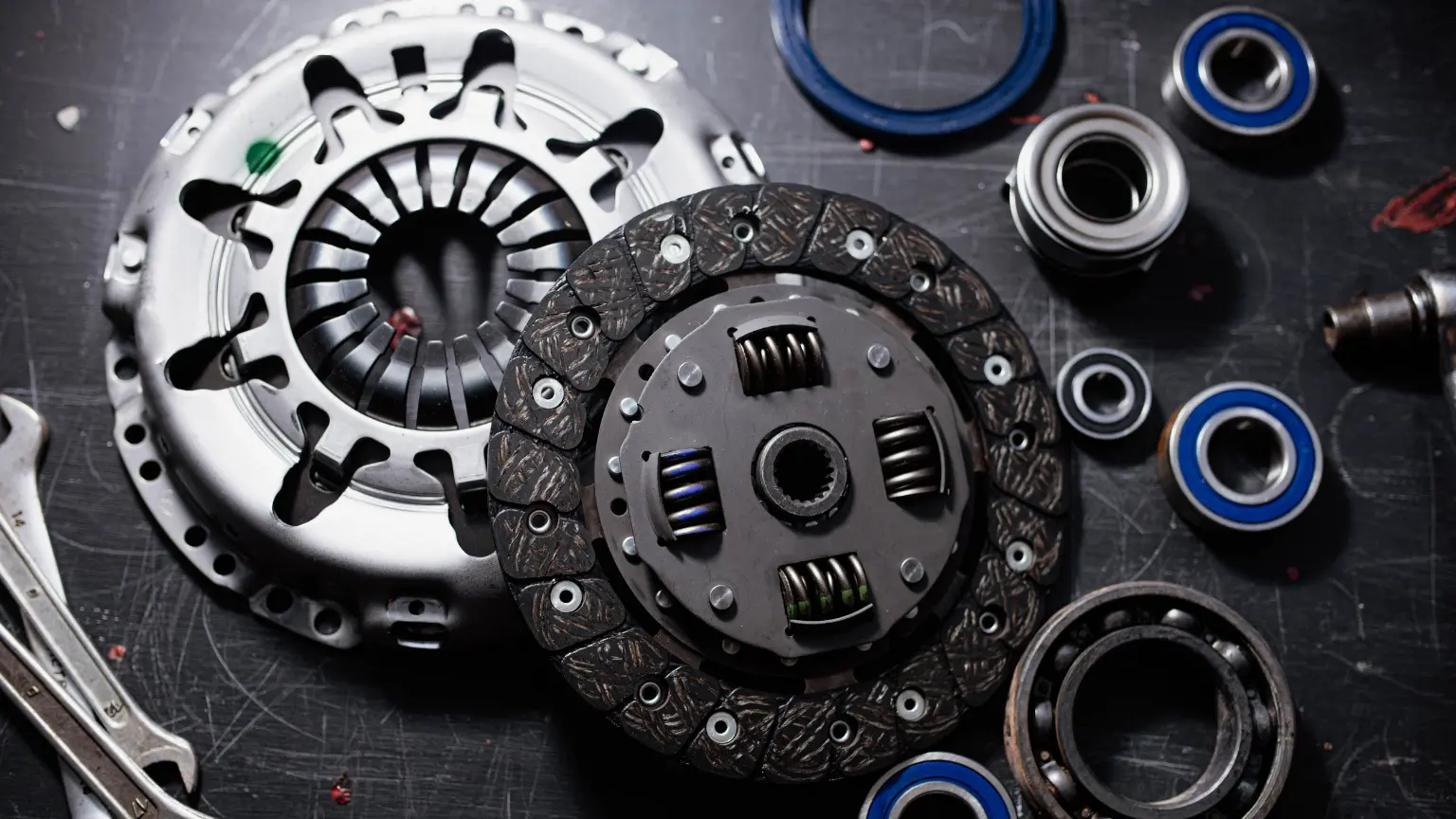What Causes Transmission Slipping: Common Culprits
Learn to recognize transmission slipping—delayed shifts, odd noises, shuddering, and warning lights—and tackle causes like low fluid, worn clutches, or torque converter faults with DIY tips and pro fixes.
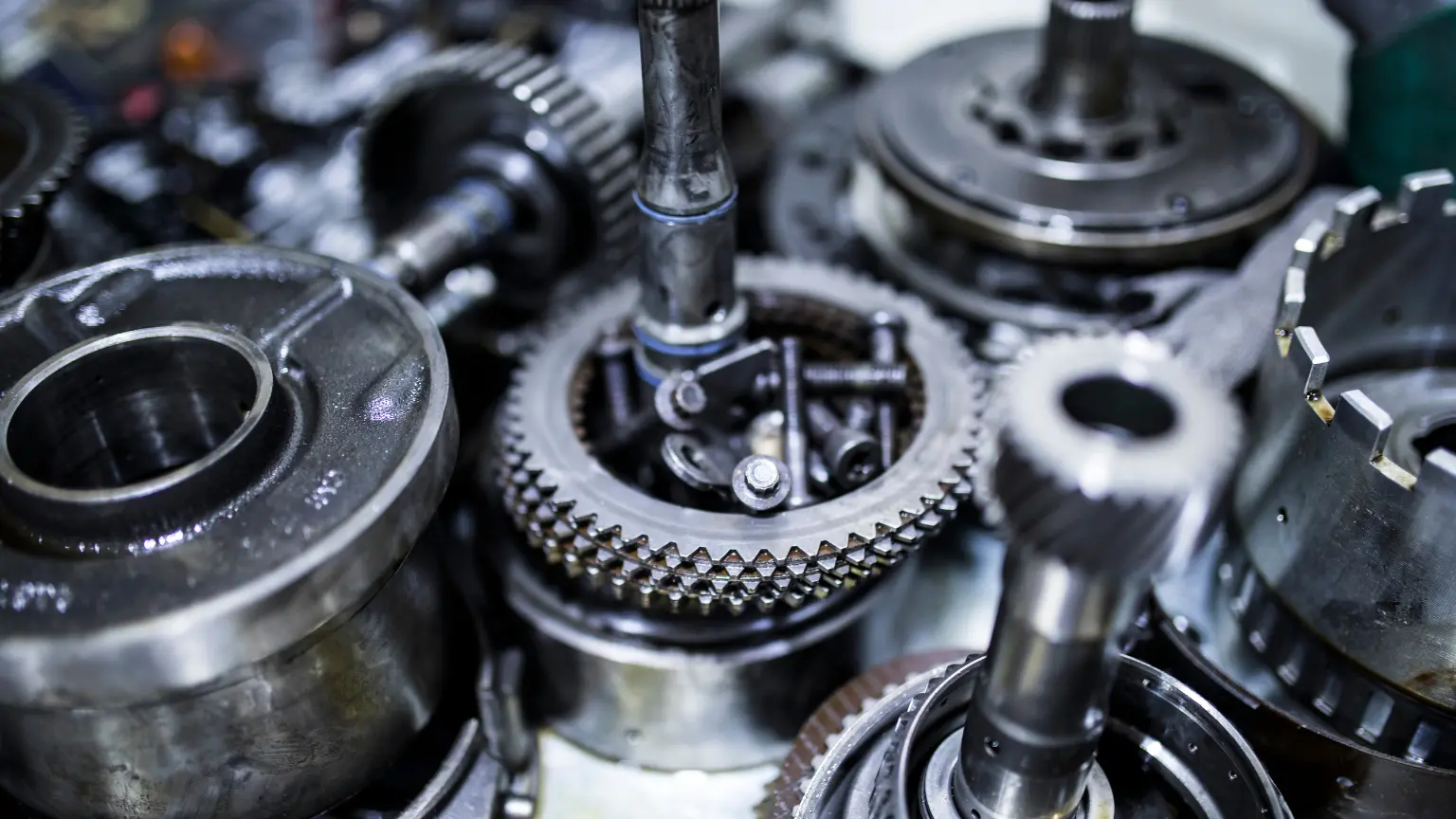
Transmission slipping occurs when your vehicle struggles to stay in the correct gear, resulting in a loss of power or difficulty accelerating. Instead of the smooth transition between gears that you expect, the transmission “slips” out of its intended gear or fails to engage correctly. This problem can occur in automatic and manual transmissions and often points to underlying mechanical or hydraulic issues. Identifying transmission slipping symptoms early can prevent more severe damage and costly repairs. Being proactive about addressing these issues is crucial to maintaining your car's performance and reliability.
Recognizing Transmission Slipping Symptoms
Delayed Gear Shifts and Loss of Power
This occurs when the transmission fails to shift gears as quickly as it should, resulting in noticeable pauses or hesitations. You might also experience a significant loss of power during acceleration, which can indicate that the transmission is not transmitting enough power to the wheels. Recognizing these early can save you from more serious and costly repairs.
Unusual Noises During Acceleration
Another red flag is hearing unusual noises from your vehicle during acceleration. These sounds may include whining, buzzing, or even clunking, which can indicate that the transmission's internal components are not functioning properly. Such auditory cues are critical in diagnosing slipping transmissions because they often precede more severe mechanical failures.
Vibrations or Shuddering While Driving
Vibrations or shuddering while driving can also be a symptom of transmission issues. These sensations are typically felt through the vehicle’s floorboard and can be more pronounced during specific actions like accelerating or shifting gears. This could be a sign that the transmission’s components are worn out and the gears cannot be held properly.
Warning Lights Indicating Transmission Issues
Modern vehicles are equipped with sensors that trigger warning lights on the dashboard to alert drivers of potential issues. If problems are detected within the transmission system, a transmission warning light or check engine light might illuminate. Paying attention to these alerts can prevent further damage, as they provide a crucial cue to stop the transmission from slipping before it leads to more extensive problems.
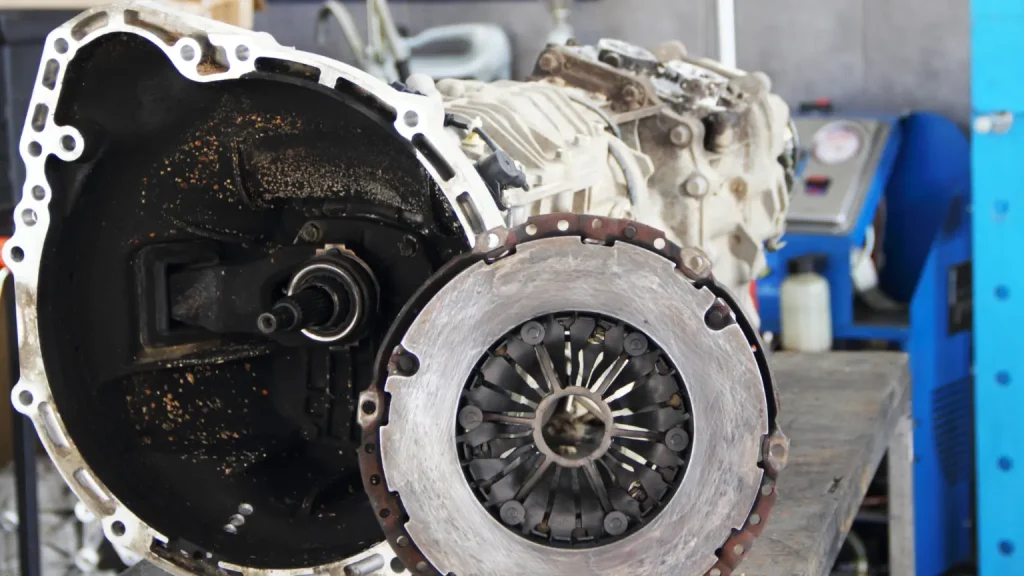
The Serious Risks of Ignoring Transmission Slipping
Failing to address transmission slipping promptly can lead to a cascade of serious consequences for your vehicle and your safety. When the transmission slips, your car may unexpectedly lose power or fail to accelerate, increasing the risk of dangerous situations such as being unable to merge or overtake on highways. Left unchecked, minor slipping can quickly escalate to severe internal damage, resulting in costly repairs or even complete transmission failure. This not only leads to expensive replacement costs but also leaves your vehicle inoperable, potentially stranding you at inconvenient or unsafe locations. Additionally, ongoing transmission issues can cause excessive wear on other drivetrain components, further increasing repair bills. Addressing slipping early is essential to protecting your investment, maintaining reliability, and ensuring your safety on the road.
Common Causes of Transmission Slipping
Low or Degraded Transmission Fluid Levels
Low or degraded transmission fluid is one of the primary reasons for transmission slipping—the fluid acts as a lubricant and coolant for the moving parts inside the transmission. When the fluid level is too low or has degraded over time, it can cause the transmission to overheat and not engage the gears properly. Regularly checking and maintaining the correct fluid level is essential for car maintenance for slipping transmissions.
Worn-Out Clutches in Automatic and Manual Systems
In both automatic and manual transmission systems, the clutches play a vital role in allowing the vehicle to change gears smoothly. Over time, these clutches can wear out due to friction and constant use. When the clutches are worn, they fail to engage and disengage correctly, leading to slipping conditions. Recognizing worn-out clutches is a key aspect of repairing slipping transmission efforts.
Damaged or Misaligned Gears
The gears must align perfectly to provide seamless gear transitions. Any damage from impacts, poor maintenance, or manufacturing defects can misalign these gears, causing the transmission to slip. Regular inspections can help identify and rectify such issues, adhering to the best way to stop transmission slipping.
Malfunctioning Torque Converter
The torque converter is another critical component, especially in automatic transmissions, that can cause slipping if it malfunctions. It is responsible for transmitting the engine’s torque to the transmission and helps in smooth gear shifting. Problems like a stuck solenoid, worn bearings, or internal leaks can prevent the torque converter from delivering the necessary power conversion, leading to slipping. Engaging a professional transmission mechanic to check and service the torque converter is advisable when these symptoms are noticed.
How to Fix a Slipping Transmission
The Importance of Regular Transmission Fluid Checks
Regularly checking your transmission fluid is crucial for keeping your transmission in good working order. The fluid should be at the proper level and in good condition to ensure it can adequately lubricate and cool the transmission components. Changes in the color or smell of the fluid can indicate the need for a change or flush, which is essential to prevent slipping transmission issues.
Using the Correct Fluid Type for Your Vehicle
Using the correct transmission fluid type is as important as keeping it well-maintained. Different vehicles require specific types of fluids, as the wrong type can lead to increased friction and overheating, ultimately causing the transmission to slip. Always refer to your vehicle’s owner's manual or consult a transmission shop to ensure the right fluid type is used for your car.
Adhering to Manufacturer Service Schedules
Following the manufacturer's service schedule is crucial for maintaining the health of your transmission and preventing unexpected failures. Manufacturers outline specific intervals for transmission inspection and service, tailored to maximize the performance and longevity of each vehicle model. Here's why adhering to these schedules is beneficial:
- Ensures Warranty Validity: Skipping these critical check-ups can void your warranty, leaving you unprotected against potential transmission defects. By following the schedule, you protect yourself from costly out-of-pocket expenses if issues arise during the warranty period. It also shows you’ve taken the necessary steps to ensure proper maintenance, which can be valuable if you ever need to make a claim.
- Prevents Costly Repairs: Routine maintenance enables technicians to identify and address minor transmission issues before they escalate into major, costly problems. For instance, replacing worn transmission fluid during a scheduled service can prevent overheating, which often leads to extensive damage. By catching these issues early, you avoid sudden breakdowns and save money over time, ensuring your vehicle remains reliable for daily use.
- Optimizes Vehicle Performance: Regularly servicing your transmission ensures that it operates smoothly and efficiently. Properly functioning transmissions provide seamless gear shifts, enhance fuel economy, and prevent problems like slipping or delayed engagement. Optimized performance improves your driving experience and keeps your vehicle running at its best, even in demanding conditions.
- Extends Transmission Lifespan: Scheduled maintenance includes essential tasks like fluid replacement and inspecting for wear on critical components. These steps reduce friction, prevent overheating, and minimize wear and tear, thereby significantly prolonging the life of your transmission. A longer-lasting transmission not only saves money but also reduces the likelihood of needing a full replacement, which can be an expensive endeavor.
- Enhances Safety: A well-maintained transmission ensures your vehicle performs reliably on the road, which is vital for your safety. Issues such as slipping gears or delayed responses can compromise control, particularly during high-speed driving or in traffic. Regular maintenance ensures your transmission delivers consistent performance, keeping you and others on the road safe.
By sticking to the manufacturer’s service schedule, you protect your investment and enhance your vehicle's overall reliability and safety. Skipping these appointments might save time in the short term, but it risks long-term damage, expensive repairs, and compromised performance. Make your vehicle’s health a priority by following the recommended maintenance routine.
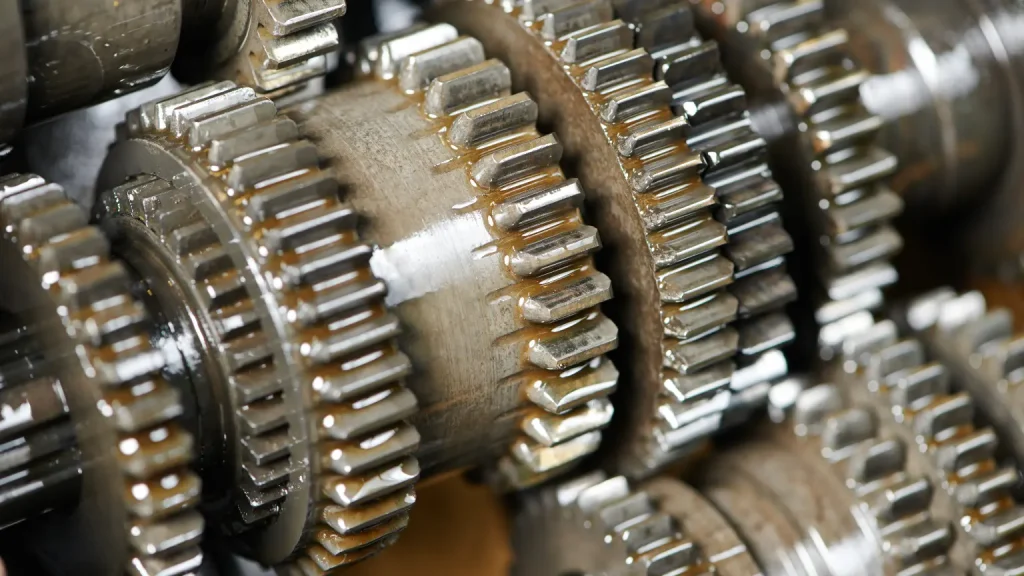
Monitoring for Early Signs of Component Wear
It’s vital to stay vigilant about the early signs of wear on transmission components. Frequent checks can reveal issues such as leaks, unusual noises, or erratic shifting, which are early indicators of potential transmission problems. Addressing these signs promptly by visiting the best transmission service provider can prevent transmission from slipping and other serious issues.
Transmission Repair Tips
Aligning Gears and Torque Converters
As discussed previously, misalignment of transmission gears and torque converters can lead to significant slipping issues. Properly aligning these components can often rectify slipping problems without requiring extensive repairs. This process involves adjusting the gears so that they mesh correctly, ensuring smooth transitions and preventing the transmission from slipping under load.
When to Consider a Full Transmission Rebuild
In some cases, the damage to a transmission may be so extensive that a full rebuild is the most practical solution. This involves disassembling the transmission, inspecting every part for damage, and replacing worn or defective components. A transmission rebuild can be costly, but it often extends the vehicle's life significantly longer than simple repairs. There are possible solutions, repair options, and maintenance tips to resolve or prevent transmission slipping.
When to Seek Professional Transmission Services
Diagnosing Complex Transmission Problems
Complex transmission issues often require sophisticated diagnostic tools and expert knowledge, which are typically available only at specialized transmission services for car facilities. Professional mechanics can use diagnostic equipment to read error codes and perform detailed inspections that are beyond the scope of most DIY methods. Seeking experts to help ensure accurate diagnoses and appropriate repairs is crucial for effectively addressing transmission slipping.
Benefits of Working with Experienced Mechanics
Working with experienced mechanics offers several substantial benefits, especially when dealing with complex issues like transmission slipping. Here are the advantages of relying on professionals:
- Expert Diagnosis: Experienced mechanics possess in-depth knowledge and diagnostic tools that allow them to precisely identify vehicle issues. They can detect subtle symptoms that might elude an untrained eye, ensuring the root cause is addressed effectively. For instance, when dealing with transmission slipping, they can pinpoint whether the issue lies in the transmission fluid, worn-out components, or software errors. Their expertise saves time and prevents unnecessary repairs, giving you confidence that your vehicle is in capable hands.
- Quality Repairs: They are equipped with the right tools and access to high-quality parts, ensuring your repairs are done to a high standard. They follow manufacturer guidelines and industry best practices, guaranteeing that the solution is reliable and long-lasting. When you rely on a skilled mechanic, you avoid the pitfalls of substandard fixes that could lead to recurring issues. Quality repairs also enhance your car’s performance and safety, giving you peace of mind on the road.
- Warranty and Guarantee: A significant advantage of working with professionals is the service warranties and manufacturer guarantees they offer. These warranties protect you from additional costs if the same issue arises within a specified period. Mechanics use certified parts with manufacturer backing, ensuring that a trusted source supports your repairs. This guarantee not only secures your investment but also reflects the confidence professionals have in their work.
- Time Efficiency: Skilled mechanics have the experience to complete repairs efficiently without compromising quality. Their familiarity with various car models and issues allows them to work faster than an amateur attempting a DIY fix. This efficiency minimizes vehicle downtime, letting you get back on the road sooner. Whether you need routine maintenance or urgent repairs, their ability to manage time effectively is invaluable for busy car owners.
- Preventive Advice: Beyond repairs, experienced mechanics offer guidance to help prevent future vehicle issues. Their advice is tailored to your car’s make, model, and usage habits, enabling you to maintain its performance and longevity. For example, they might recommend regular transmission fluid checks or adjustments to driving habits to avoid wear and tear. A proactive approach can save you money and stress in the long run, ensuring your car remains in excellent condition.
Entrusting your vehicle to experienced mechanics is an investment in quality, reliability, and peace of mind. Their expertise extends beyond fixing immediate issues to providing solutions that enhance your car’s long-term performance. With their support, you can navigate the complexities of car maintenance confidently, knowing your vehicle is in skilled hands.
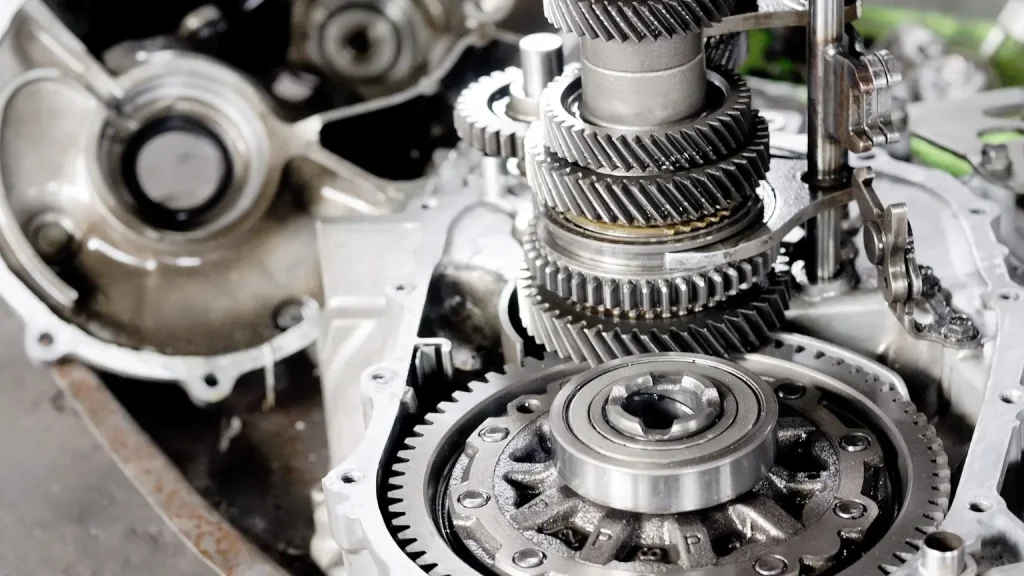
Finding the Best Local Transmission Shop
Seek expert assistance and the benefits of professional transmission service when experiencing transmission slipping. It is important to choose a reputable transmission shop with a proven track record of solving similar problems. Begin by thoroughly researching the available options in your area. Look for transmission shops with a solid reputation for resolving issues similar to yours. This can often be measured by checking online reviews on platforms such as Google, Yelp, or specialized automotive forums. Positive feedback from previous customers can strongly indicate a shop's capability and reliability. Additionally, don’t hesitate to ask friends, family, or colleagues for personal recommendations on transmission work. Personal endorsements can provide insights not always available through online reviews, including specifics about the shop's communication, efficiency, and overall customer satisfaction. Once you have a list of potential shops, consider visiting them to measure their professionalism and the cleanliness of their facilities. Speak directly with the mechanics, if possible, to understand their expertise level and approach to dealing with transmission issues.
Understanding the Costs of Transmission Repairs
Awareness of typical repair costs can help you budget appropriately and avoid overpaying. Professional transmission rebuild cost estimates provided by experienced mechanics can clearly explain the financial commitment involved. It's always advisable to get multiple quotes and understand what each service entails to decide where to take your vehicle.
Tips for Extending Transmission Lifespan
Avoiding Overloading and Overheating the Transmission
Overloading your vehicle or towing weights beyond its capacity can stress the transmission, increasing the likelihood of slipping and other damage. Similarly, overheating is a major enemy of transmission health. Ensure your cooling system is always functioning properly, and avoid situations that strain the transmission, like towing heavy loads up steep inclines or sitting in traffic for prolonged periods without adequate cooling.
Keeping Your Vehicle’s Software and Firmware Updated
For newer vehicles with advanced transmission systems, updating the software and firmware is crucial. Manufacturers often release updates that enhance system performance and address vulnerabilities that could lead to mechanical failures. These updates can help ensure that your transmission works efficiently and can often correct minor anomalies before they become bigger problems.
By understanding the causes, symptoms, and remedies for transmission slipping, car owners can take proactive steps to maintain their vehicle’s efficiency and safety. Stop transmission slipping before it becomes a costly repair by scheduling Trans Medic Transmissions' expert diagnostics and service today. Remember, periodic maintenance costs are always less than the expense and inconvenience of major repairs or replacements.
Follow a maintenance program
Ante gravida id aenean quis egestas risus nam amet nullam leo diam diam aliquam eu eu malesuada arcu rhoncus suspendisse nulla mattis ut amet sagittis in justo egestas.

search for a trusted mechanic
Lorem ipsum dolor sit amet, consectetur adipiscing elit lobortis arcu enim urna adipiscing praesent velit viverra sit semper lorem eu cursus vel hendrerit elementum morbi curabitur etiam nibh justo, lorem aliquet donec sed sit mi dignissim at ante massa mattis.
- Neque sodales ut etiam sit amet nisl purus non tellus orci ac auctor
- Adipiscing elit ut aliquam purus sit amet viverra suspendisse potent
- Mauris commodo quis imperdiet massa tincidunt nunc pulvinar
- Excepteur sint occaecat cupidatat non proident sunt in culpa qui officia
Check the air pressure in your tires
Vitae congue eu consequat ac felis placerat vestibulum lectus mauris ultrices cursus sit amet dictum sit amet justo donec enim diam porttitor lacus luctus accumsan tortor posuere praesent tristique magna sit amet purus gravida quis blandit turpis.
Review your suspension frequently
At risus viverra adipiscing at in tellus integer feugiat nisl pretium fusce id velit ut tortor sagittis orci a scelerisque purus semper eget at lectus urna duis convallis. porta nibh venenatis cras sed felis eget neque laoreet suspendisse interdum consectetur libero id faucibus nisl donec pretium vulputate sapien nec sagittis aliquam nunc lobortis mattis aliquam faucibus purus in.
- Neque sodales ut etiam sit amet nisl purus non tellus orci ac auctor
- Adipiscing elit ut aliquam purus sit amet viverra suspendisse potent
- Mauris commodo quis imperdiet massa tincidunt nunc pulvinar
- Excepteur sint occaecat cupidatat non proident sunt in culpa qui officia
Service your vehicle as regularly as posible
At risus viverra adipiscing at in tellus integer feugiat nisl pretium fusce id velit ut tortor sagittis orci a scelerisque purus semper eget at lectus urna duis convallis. porta nibh venenatis cras sed felis eget neque laoreet suspendisse interdum consectetur libero id faucibus nisl donec pretium vulputate sapien nec sagittis aliquam nunc lobortis mattis aliquam faucibus purus in.
“Nisi quis eleifend quam adipiscing vitae aliquet bibendum enim facilisis gravida neque velit euismod in pellentesque”
Conclusion
Eget lorem dolor sed viverra ipsum nunc aliquet bibendum felis donec et odio pellentesque diam volutpat commodo sed egestas aliquam sem fringilla ut morbi tincidunt augue interdum velit euismod eu tincidunt tortor aliquam nulla facilisi aenean sed adipiscing diam donec adipiscing ut lectus arcu bibendum at varius vel pharetra nibh venenatis cras sed felis eget.

